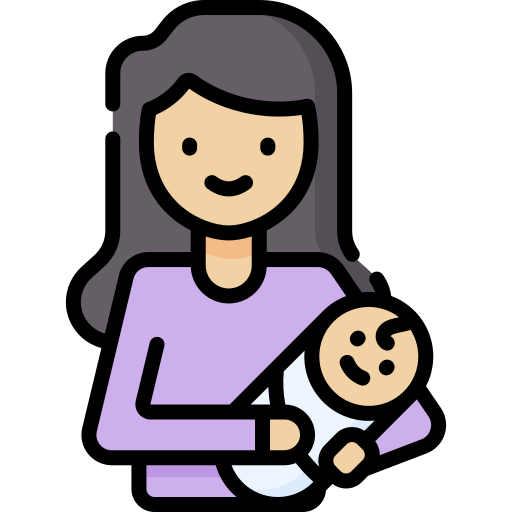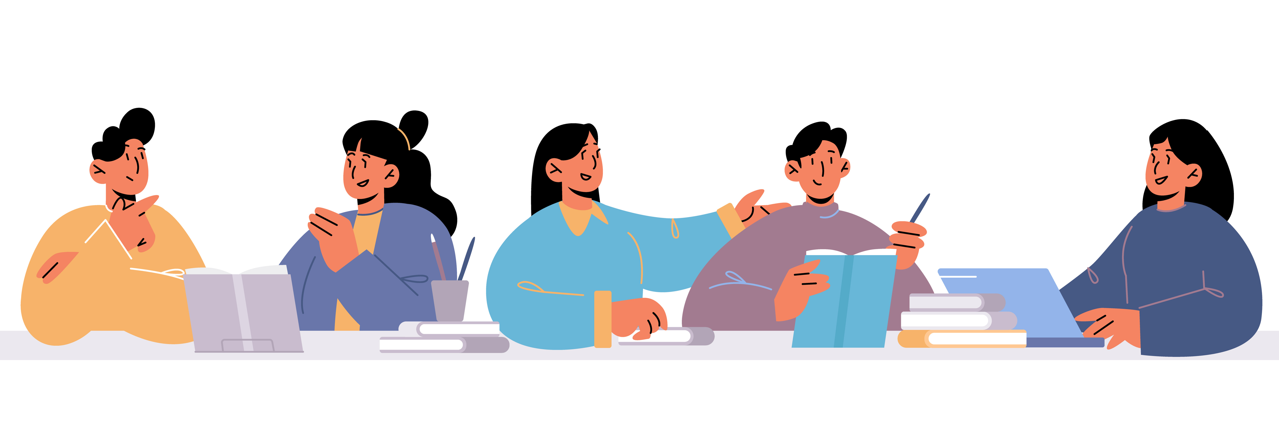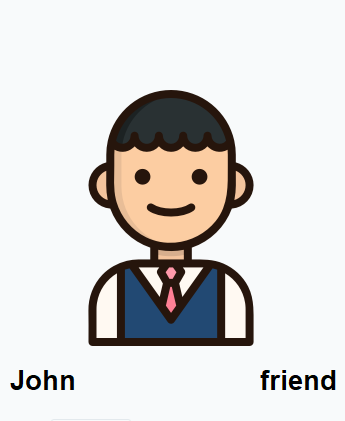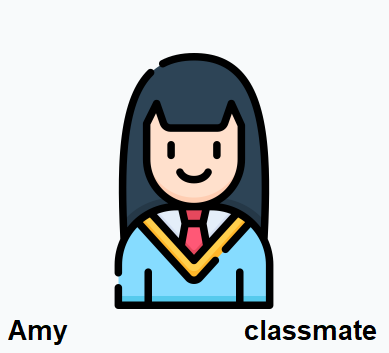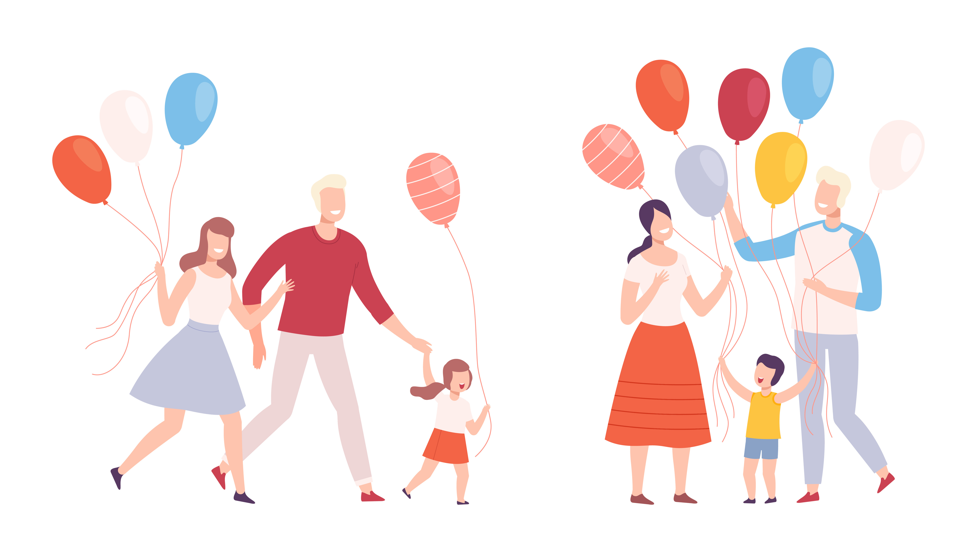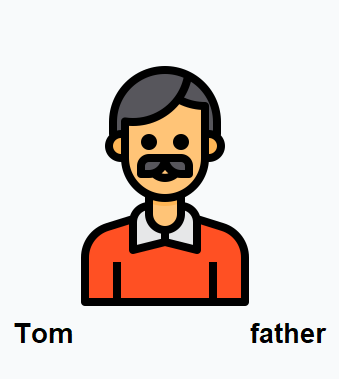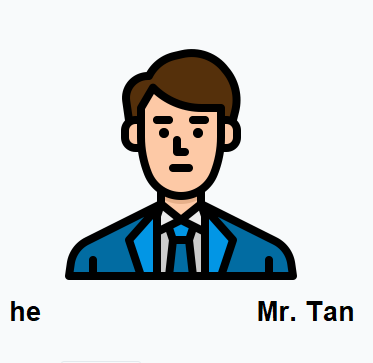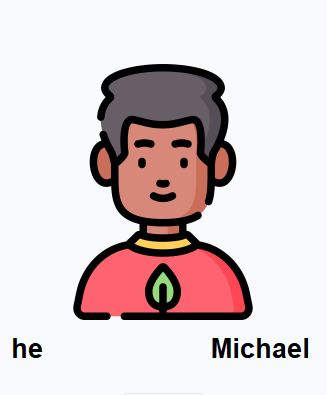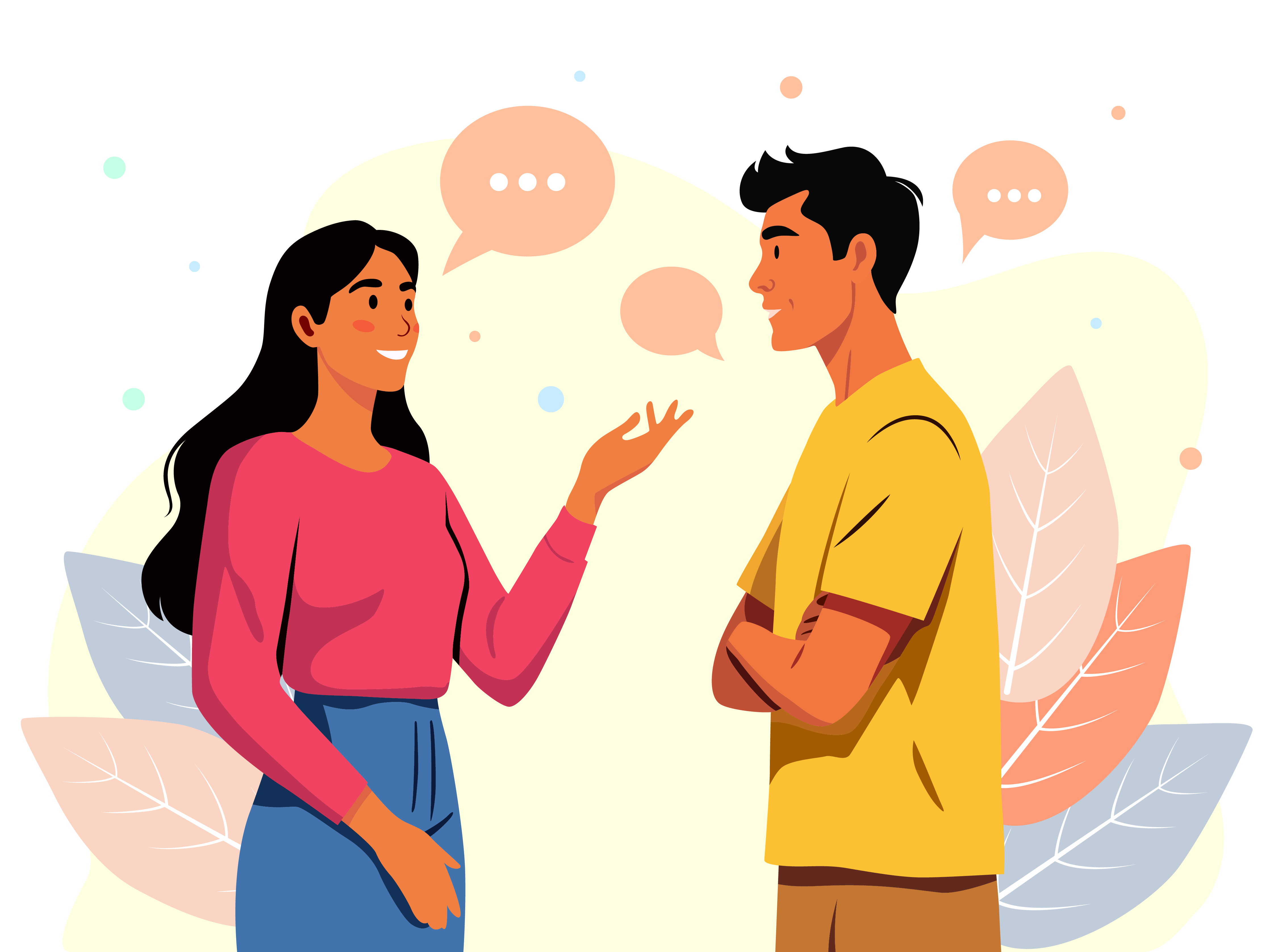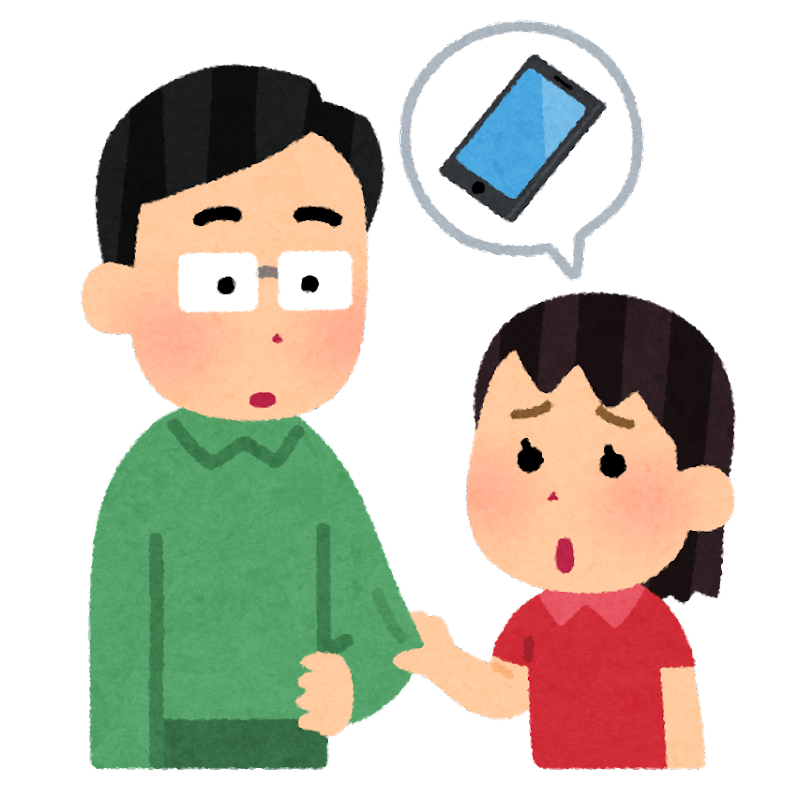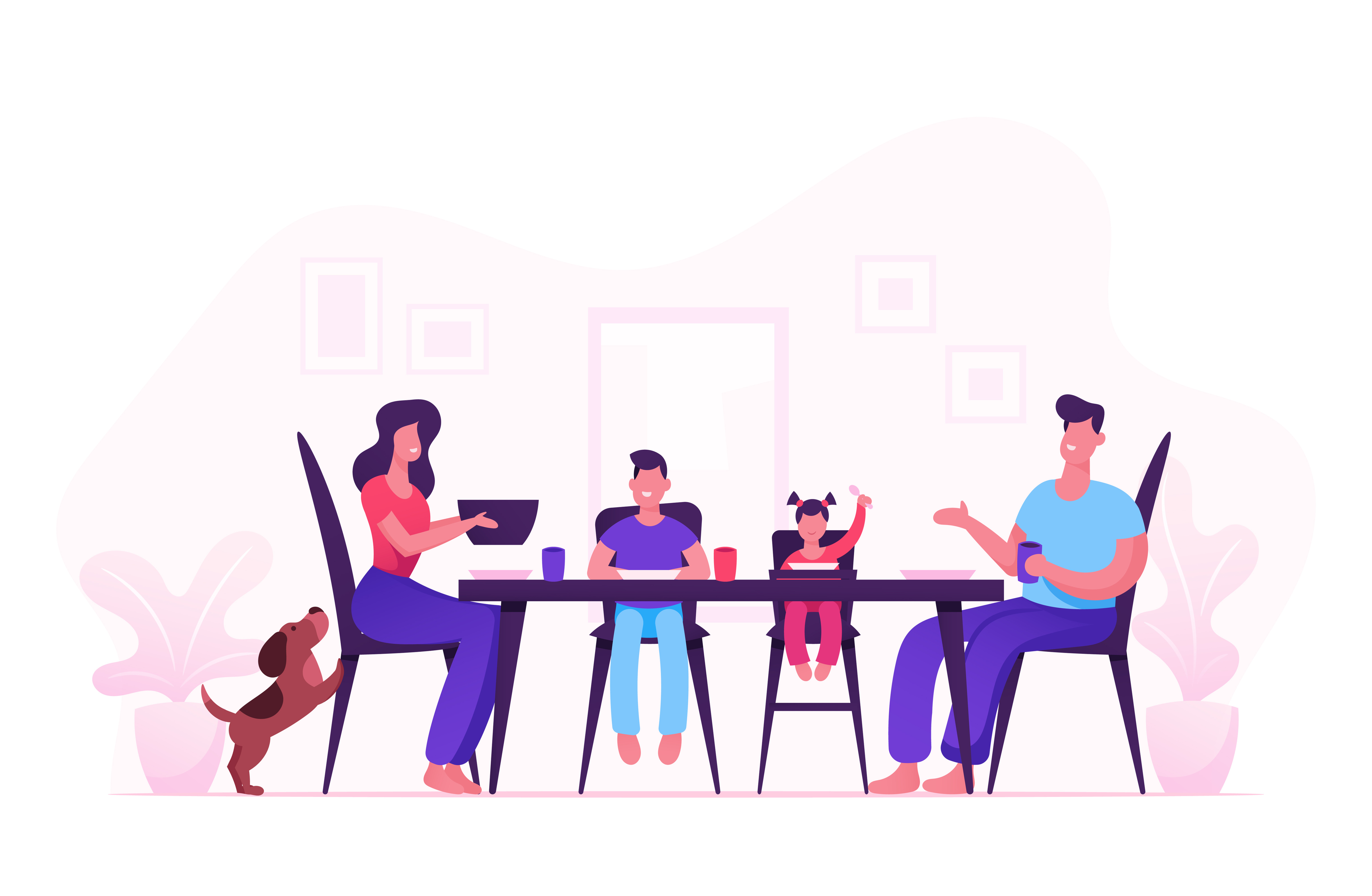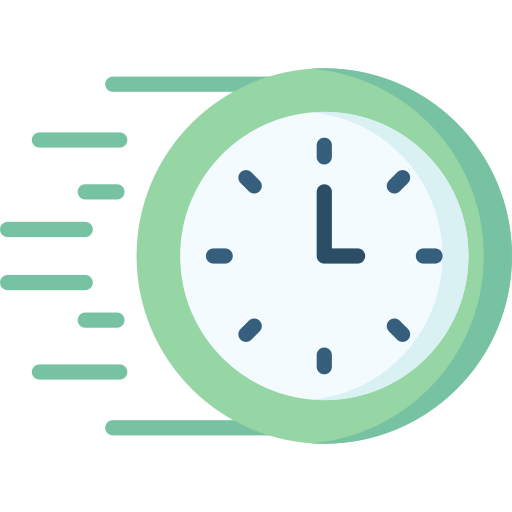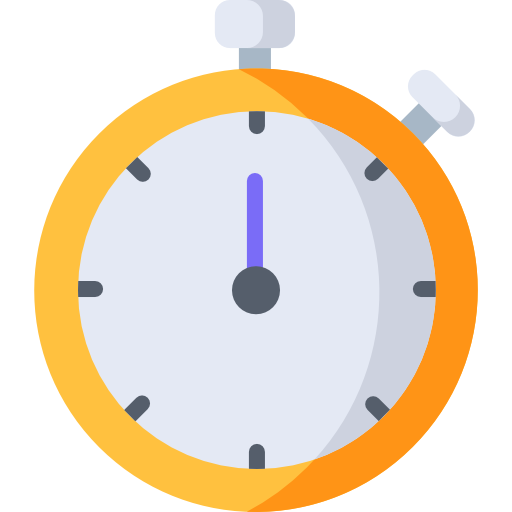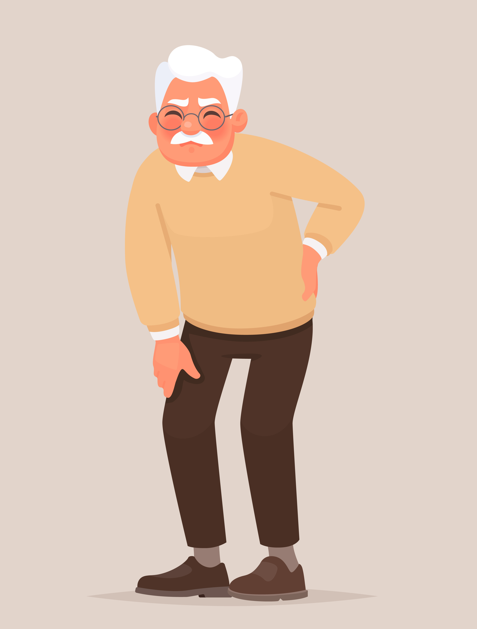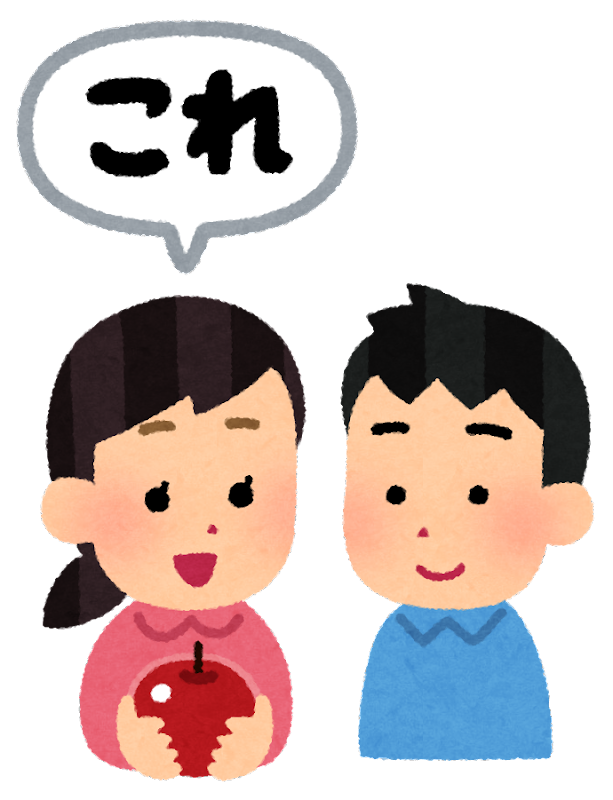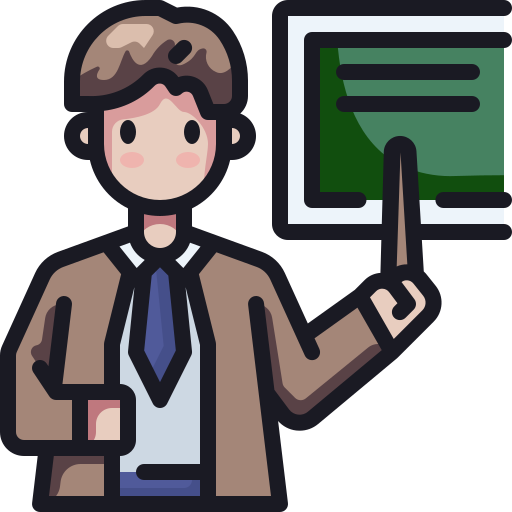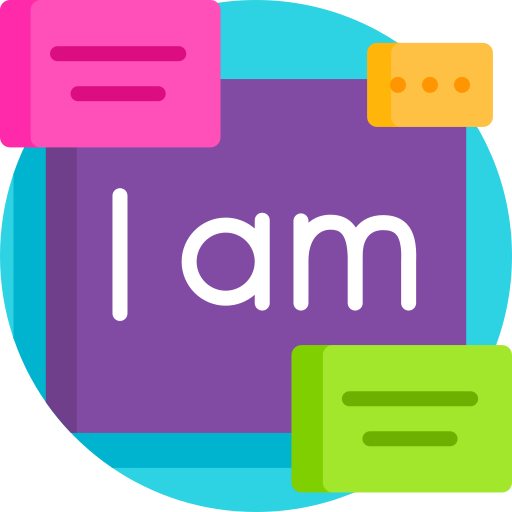Part A Self-Introduction
自己紹介をしよう

A_1
Let’s introduce ourselves to each other.
My name is ________. What is your name?
A_2
My name is ________. Nice to meet you.


A_3
Nice to meet you too, ________. How are you today?
A_4
| Answer: |


A_5
I see. Let’s begin our lesson!
Part B Vocabulary
単語を確認しよう

B_1
We’ll read aloud the words below. Please repeat after me. I will check your pronunciation.
(Please send the mispronounced words and expressions to your student.)
講師の真似をして単語を発音しましょう。
B_2
 |
tennis
テニス
|
|
every …
毎…
|
|
 |
do
(…を)する
|
 |
practice
練習する
|
 |
but
でも、しかし
|


B_3
Great job!
Part C Learn Key Phrases
キーフレーズを確認しよう

C_1
We will read aloud the sentences below. I will check your pronunciation and intonation.
(Please send the mispronounced words and expressions to your student.)
講師の真似をして文章を読みましょう。
C_2
| 1. | I like basketball. |
| 2. | I practice basketball every Monday. |
| 3. | You play tennis well. |
| 4. | Do you watch TV every day? |


C_3
Fantastic!
Part D Dialogue Practice
会話文を読んでみよう

D_1
We’ll read aloud the dialogue below. I will check your pronunciation and intonation.
(Please send the mispronounced words and expressions that need improvement to your student.)
会話文を読みましょう。

D_2
|
TUTOR:
|
Do you play any sports, Sally? |
|
STUDENT:
|
Yes, I play tennis. I practice every Wednesday. |
|
TUTOR:
|
That’s cool! I like tennis, too. |
|
STUDENT:
|
Do you play tennis? |
|
TUTOR:
|
I want to! |
|
STUDENT:
|
Let’s play tennis next Saturday! |


D_3
Now, let’s switch roles.
(Please send the mispronounced words and expressions that need improvement to your student.)
役割を交代しましょう。

D_4
|
STUDENT:
|
Do you play any sports, Sally? |
|
TUTOR:
|
Yes, I play tennis. I practice every Wednesday. |
|
STUDENT:
|
That’s cool! I like tennis, too. |
|
TUTOR:
|
Do you play tennis? |
|
STUDENT:
|
I want to! |
|
TUTOR:
|
Let’s play tennis next Saturday! |


D_5
You did a great job reading the dialogue!
Part E Answer Questions
質問に答えてみよう

E_1
Now, you will answer the questions below using the grammar topics you learned. I will check if your sentences are complete and if the grammar is correct.
(Please send the sentences that need grammar corrections to your student.)
講師が質問をしますので、習った文法を使って答えましょう。
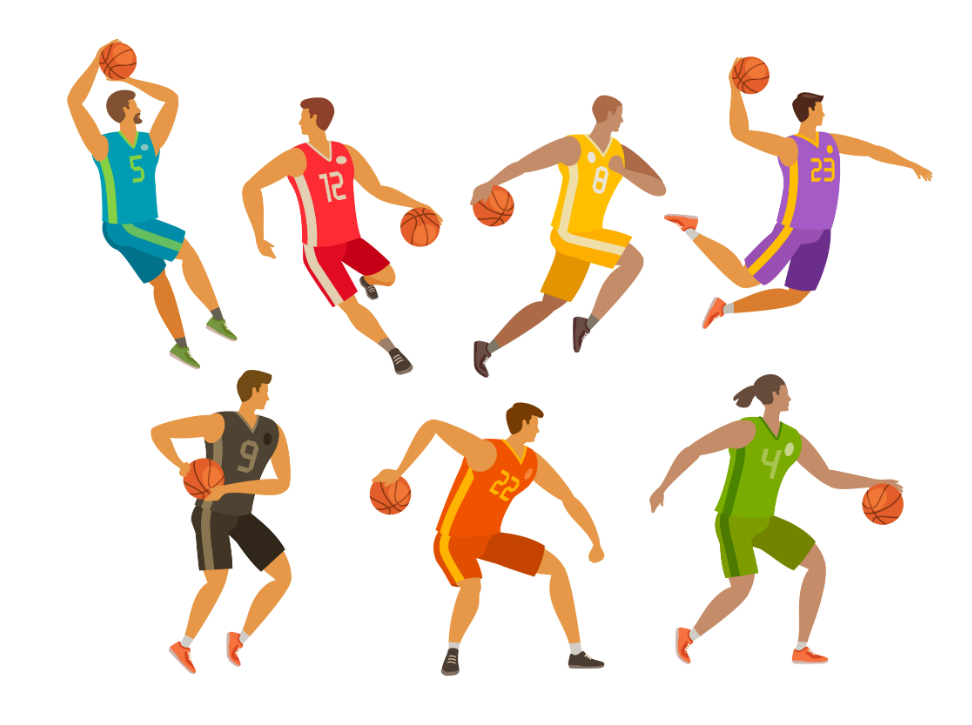

E_2
| 1. | Do you like sports? |
E_3
| Yes, ______. / No, _______. |


E_4
| 2. | Do you practice sports or do club activities after school? |
E_5
| Yes, ______. / No, _______. |


E_6
| 3. | Do you study English every Monday? |
E_7
| Yes, ______. / No, _______. |


E_8
| 4. | Do you have a math class every week? |
E_9
| Yes, ______. / No, _______. |


E_10
| 5. | Is your mother/father kind? |
E_11
| Yes, ______. / No, _______. |


E_12
| 6. | Do you like ramen? |
E_13
| Yes, ______. / No, _______. |


E_14
Great job answering questions!
Part F Ask Questions
質問してみよう

F_1
Now, you will ask me questions. I will check if your sentences are complete and if the grammar is correct.
(Please send the sentences that need grammar corrections to your student.)
今度は、あなたが講師に質問します。習った文法を使って文を作りましょう。
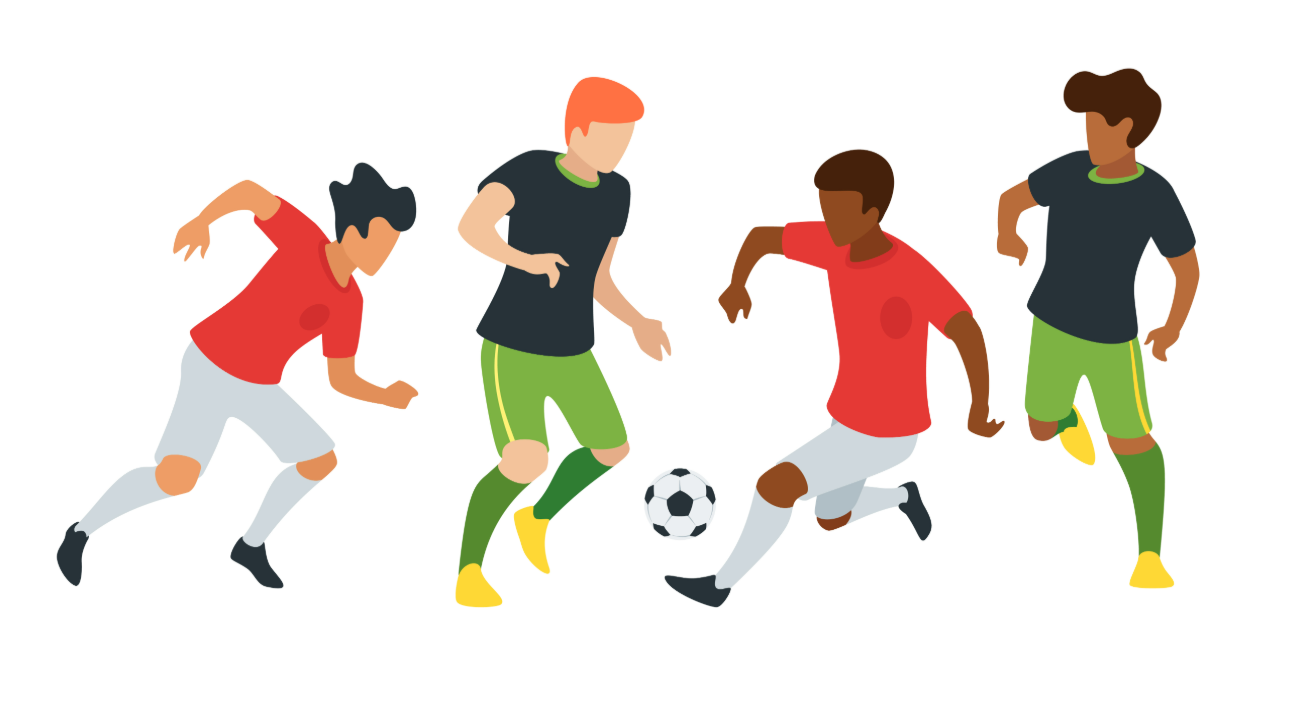
F_2
| 1. | Do you _____ sports? |


F_3
| Yes/No, I (play/don’t play) sports. |
F_4
| 2. | Do you teach English ______ day? |


F_5
| Yes/No, I (teach/don’t teach) English every day. |
F_6
| 3. | Do _____ eat sushi? |


F_7
| Yes/No, I (eat/don’t eat) sushi. |
F_8
| 4. | Do you work _____ Friday? |


F_9
| Yes/No, I (work/don’t work) every Friday. |
F_10
| 5. | Do _____ cook after work? |


F_11
| Yes/ No, I (cook/don’t cook) after work. |
F_12
| 6. | ____ your grandmother/father kind? |


F_13
| Yes/No, my grandmother/father (is/is not) kind. |

F_14
Great job asking questions!
Part G Free Talk

G_1
Let’s have a conversation about the following topics.
(If there is still time left, please chat with the student.)
フリートークをしましょう。
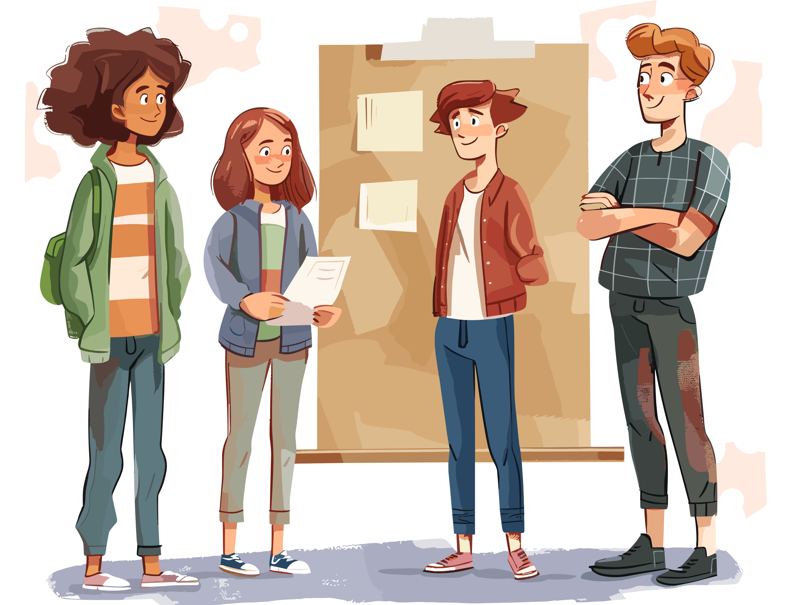

G_2
| Do you do any club activities? What is it? |
G_3
| Answer: |


G_4
| Are your family members kind/funny/shy/friendly? Please tell me about your family. |
G_5
| Answer: |
















